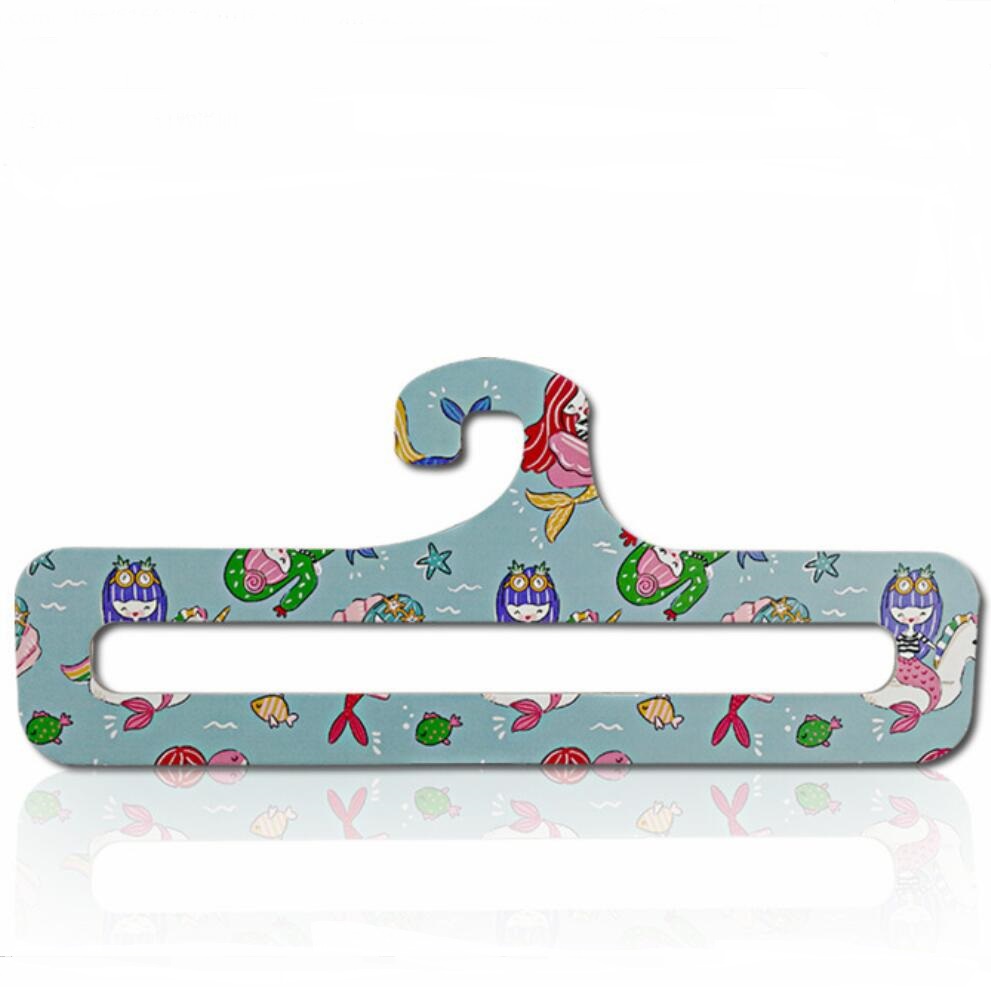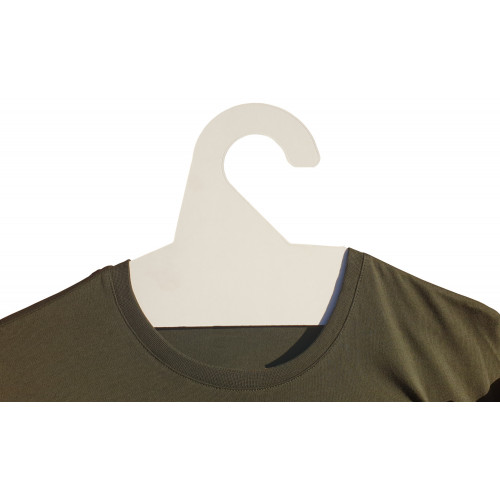Cardboard for clothes might sound unconventional, but it represents a bold step toward sustainable fashion. As the world grapples with environmental challenges, industries are rethinking their practices. Clothing made from cardboard isn’t just a novel idea; it’s a practical solution to reduce waste and minimize carbon footprints. This material, often overlooked, is gaining traction as designers and innovators explore its potential in creating unique, eco-friendly garments. By blending creativity with sustainability, cardboard for clothes is reshaping the fashion industry's future.
Today’s consumers are more conscious than ever about their purchasing decisions. They seek products that align with their values, especially when it comes to environmental responsibility. Cardboard for clothes ticks all the right boxes: it’s recyclable, biodegradable, and versatile. This trend is not just about fashion; it’s about making a statement and contributing positively to the planet. As this movement grows, more brands are embracing cardboard as a viable alternative to traditional textiles.
From runway shows to everyday wear, cardboard for clothes is proving its worth. Designers are experimenting with textures, shapes, and finishes, pushing the boundaries of what’s possible with this material. While it may seem unconventional, the durability and adaptability of cardboard make it a promising contender in the world of fashion. This article delves into the growing trend of cardboard for clothes, exploring its benefits, challenges, and potential impact on the industry.
Read also:Discover The Best Spray Cleaner For Carpet To Keep Your Floors Fresh
What Makes Cardboard for Clothes So Unique?
Cardboard for clothes stands out because it challenges conventional notions of fabric. Unlike traditional textiles, cardboard offers a fresh perspective on material usage. Its unique properties allow designers to create garments that are lightweight yet sturdy, making them ideal for specific purposes. Additionally, cardboard can be easily customized, offering endless possibilities for patterns and designs. This versatility is one of the reasons why it’s gaining popularity among eco-conscious designers.
How Can Cardboard Be Used in Fashion?
Cardboard for clothes isn’t limited to basic forms; it can be transformed into intricate designs that rival traditional fabrics. Innovators are using advanced techniques to soften and mold cardboard, turning it into wearable art. From jackets to accessories, the applications are vast. For instance, some designers are creating cardboard-based shoes, proving that this material isn’t just for tops and dresses. The ability to repurpose cardboard into high-quality fashion items highlights its adaptability and potential.
Why Should Consumers Choose Cardboard for Clothes?
Choosing cardboard for clothes is a conscious decision that benefits both the consumer and the environment. By opting for eco-friendly materials, individuals can reduce their carbon footprint and support sustainable practices. Cardboard garments are not only environmentally responsible but also durable, offering long-term use. Moreover, they encourage consumers to think critically about their fashion choices, promoting a culture of sustainability.
Is Cardboard for Clothes Durable Enough for Everyday Use?
One of the most common questions about cardboard for clothes is whether it can withstand everyday wear and tear. Surprisingly, advancements in material science have made cardboard garments more durable than ever. Treatments and coatings enhance their strength and water resistance, making them suitable for various conditions. While they may not replace traditional fabrics entirely, cardboard clothes offer a practical alternative for specific occasions and purposes.
What Are the Environmental Benefits of Cardboard for Clothes?
The environmental impact of cardboard for clothes is significant. Unlike synthetic fabrics, which contribute to pollution and microplastic waste, cardboard is biodegradable and recyclable. This means that once a garment reaches the end of its life cycle, it can be easily disposed of without harming the planet. By choosing cardboard, consumers actively participate in reducing textile waste and promoting sustainable practices.
Can Cardboard for Clothes Compete with Traditional Fabrics?
While cardboard for clothes may not replace traditional fabrics entirely, it offers a compelling alternative. Its unique properties, such as being lightweight and customizable, make it suitable for specific applications. Designers are finding innovative ways to integrate cardboard into their collections, proving that it can compete with conventional materials in certain contexts. As technology advances, the potential for cardboard in fashion continues to grow.
Read also:Doraemon Nobitas Treasure Island Ndash A Timeless Adventure For All Ages
Where Can You Find Cardboard for Clothes?
Cardboard for clothes is becoming increasingly accessible as more brands embrace sustainable practices. Online platforms and specialty stores now offer a range of cardboard-based garments, from casual wear to formal attire. Consumers can explore these options to find pieces that align with their values and style preferences. Additionally, DIY enthusiasts can create their own cardboard clothes using readily available materials, further promoting sustainability.
How Do You Care for Cardboard for Clothes?
Caring for cardboard for clothes requires a slightly different approach than traditional fabrics. Since cardboard is sensitive to moisture, it’s essential to store these garments in dry environments. Spot cleaning is often the best method for maintaining their appearance, and some items may come with specific care instructions. By following these guidelines, consumers can extend the lifespan of their cardboard garments.
What Are the Challenges of Using Cardboard for Clothes?
Despite its advantages, cardboard for clothes does face some challenges. One of the primary concerns is its durability under extreme conditions. While advancements have improved its strength, it may not be suitable for all purposes. Additionally, the cost of producing high-quality cardboard garments can be higher than traditional fabrics, making them less accessible to some consumers. However, as demand grows, these challenges are likely to diminish.
What Does the Future Hold for Cardboard for Clothes?
The future of cardboard for clothes looks promising as technology continues to evolve. Innovations in material science and production techniques are making cardboard garments more practical and appealing. As consumers become more aware of environmental issues, the demand for sustainable fashion is expected to rise. This trend could lead to increased adoption of cardboard in the fashion industry, paving the way for a more eco-friendly future.
Can Cardboard for Clothes Transform the Fashion Industry?
Cardboard for clothes has the potential to revolutionize the fashion industry by challenging traditional norms and promoting sustainability. As designers and consumers embrace this material, it could become a staple in the world of eco-friendly fashion. By prioritizing innovation and responsibility, the industry can create a more sustainable future, one garment at a time.
How Can You Support the Cardboard for Clothes Movement?
Supporting the cardboard for clothes movement is as simple as making informed choices. Consumers can opt for sustainable fashion brands that use cardboard in their collections. Additionally, they can educate themselves about the benefits of eco-friendly materials and encourage others to do the same. By doing so, they contribute to a global shift toward sustainability.
Conclusion
Cardboard for clothes represents a bold step toward a more sustainable fashion industry. Its unique properties and environmental benefits make it an attractive option for eco-conscious consumers and designers alike. While challenges remain, the growing popularity of cardboard in fashion indicates a shift toward responsible practices. By embracing this trend, the industry can create a brighter, greener future for all.
Table of Contents
- What Makes Cardboard for Clothes So Unique?
- How Can Cardboard Be Used in Fashion?
- Why Should Consumers Choose Cardboard for Clothes?
- Is Cardboard for Clothes Durable Enough for Everyday Use?
- What Are the Environmental Benefits of Cardboard for Clothes?
- Can Cardboard for Clothes Compete with Traditional Fabrics?
- Where Can You Find Cardboard for Clothes?
- How Do You Care for Cardboard for Clothes?
- What Are the Challenges of Using Cardboard for Clothes?
- What Does the Future Hold for Cardboard for Clothes?


